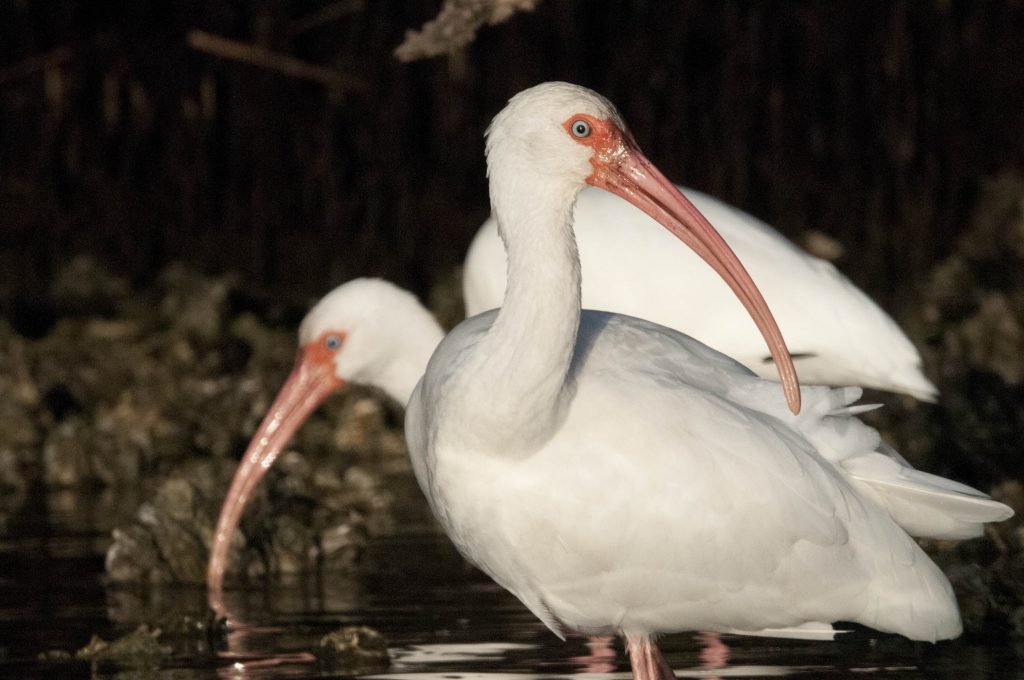

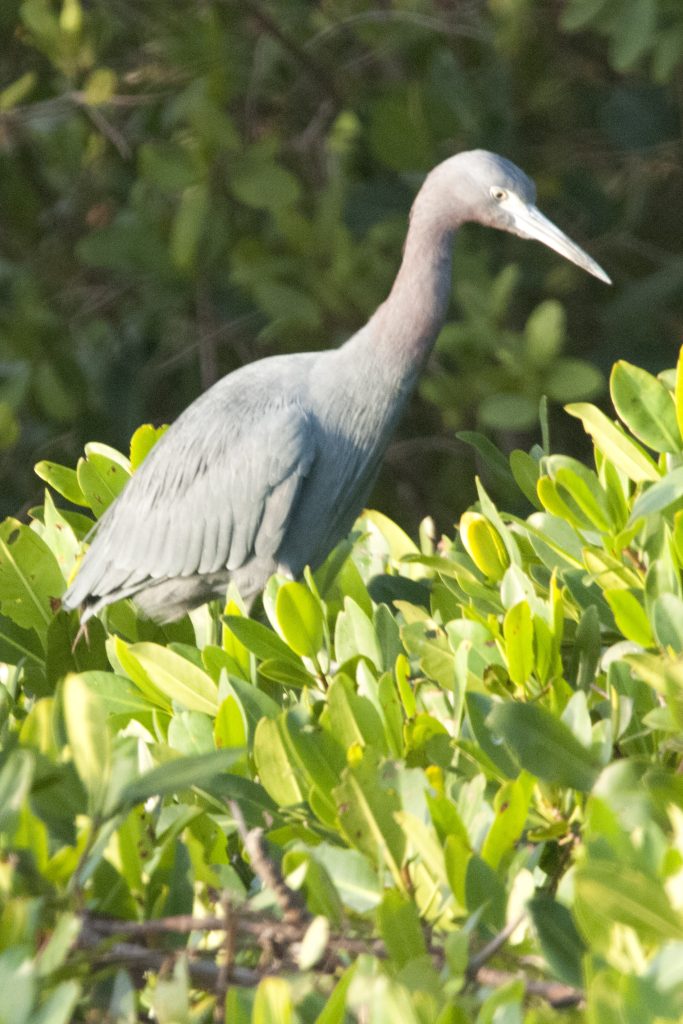

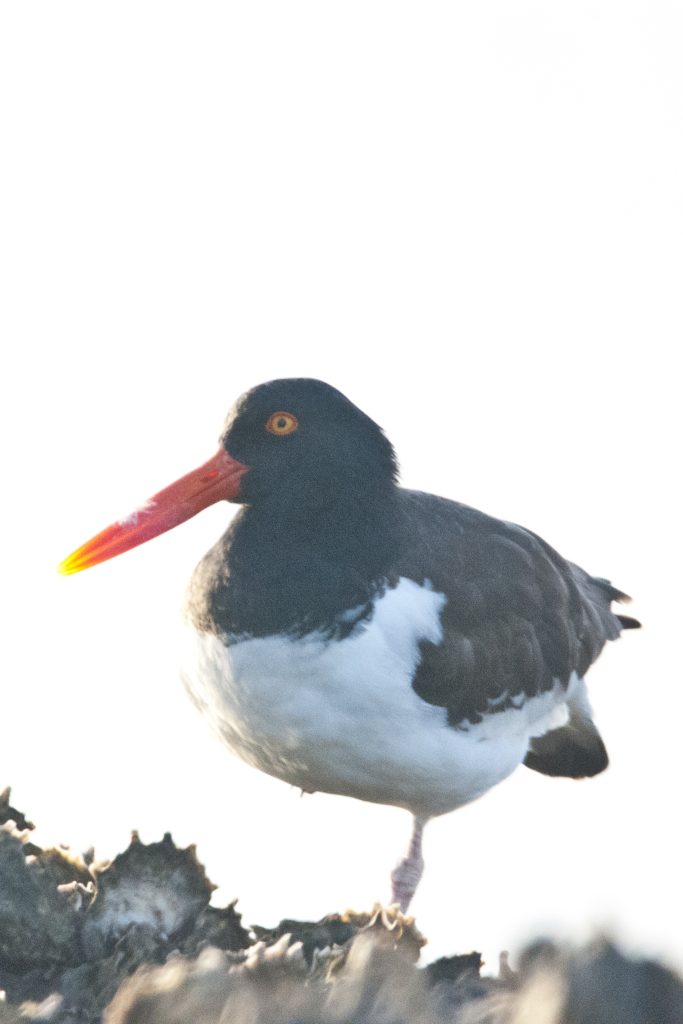
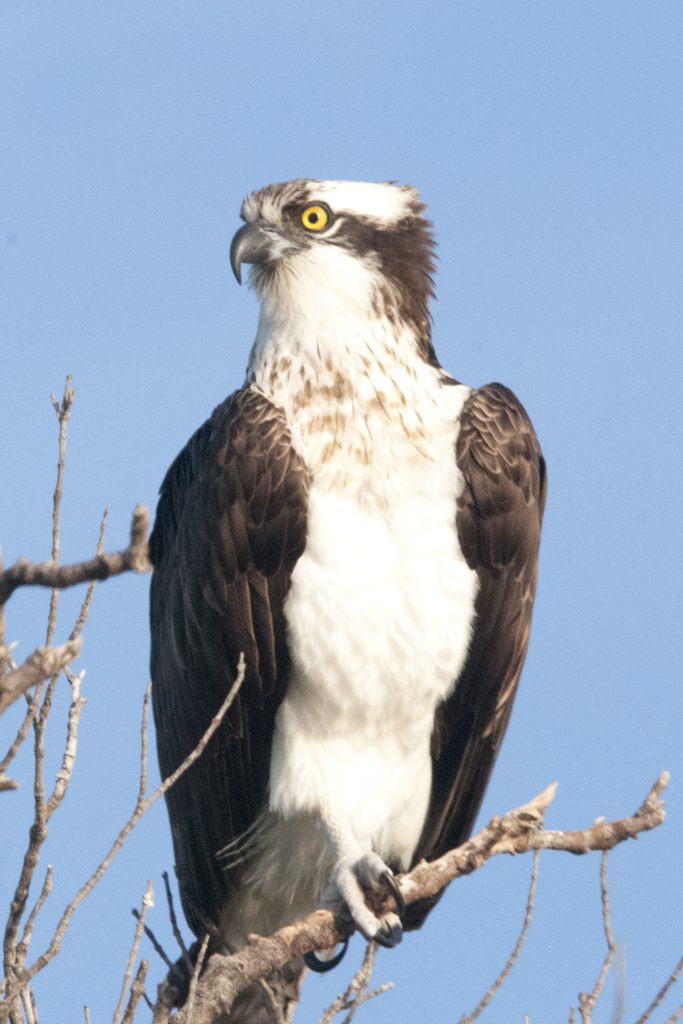
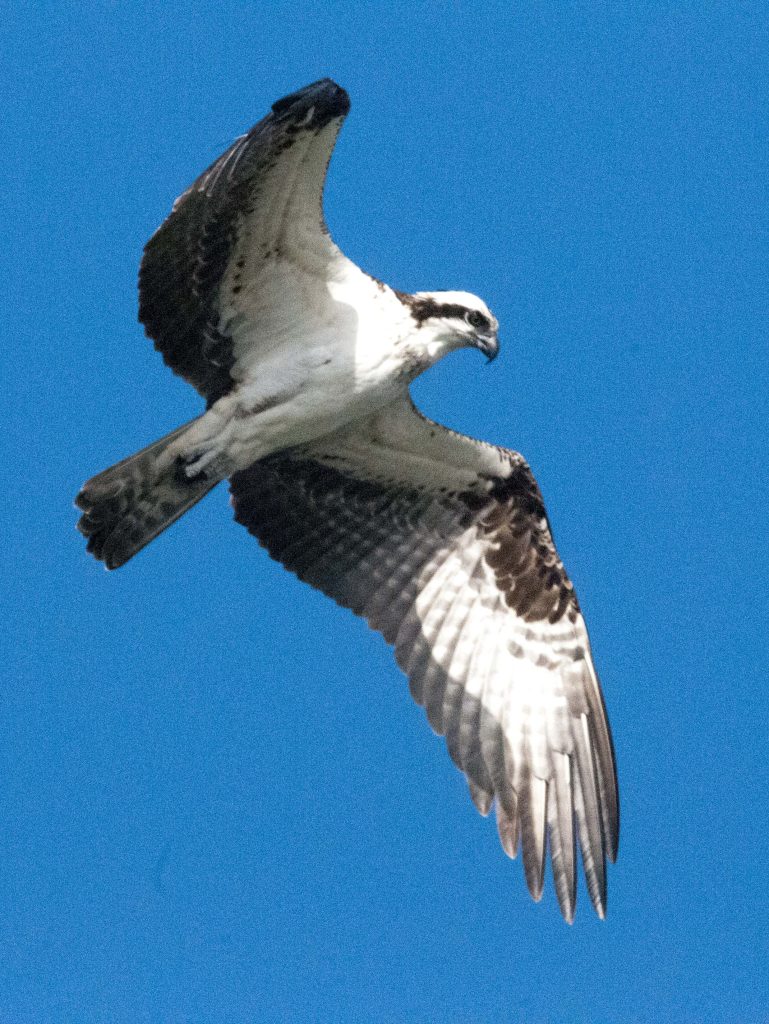
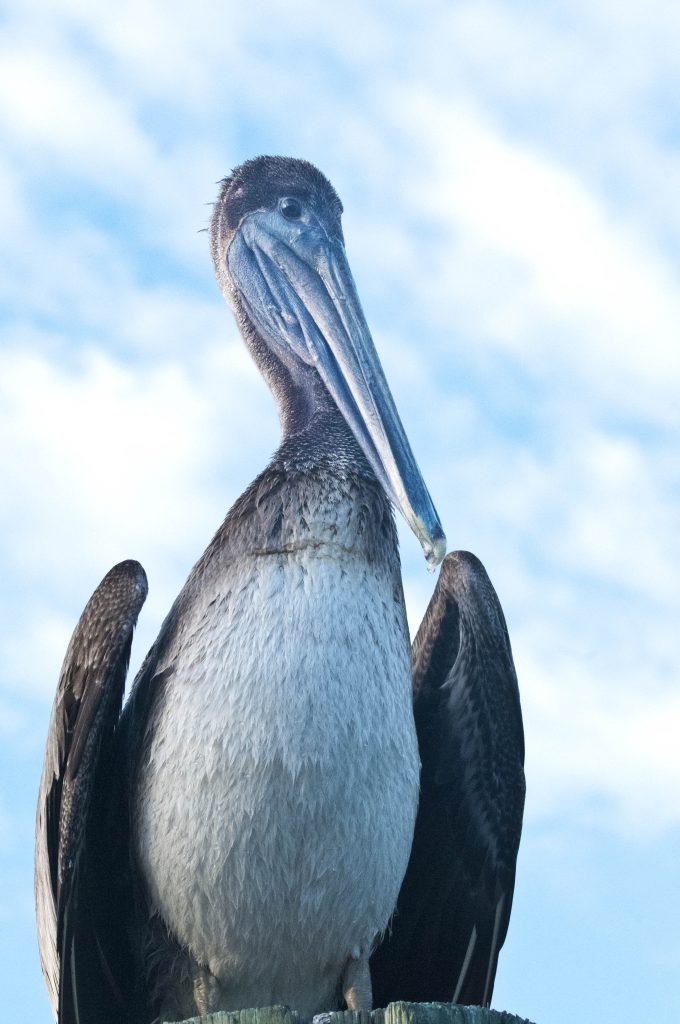
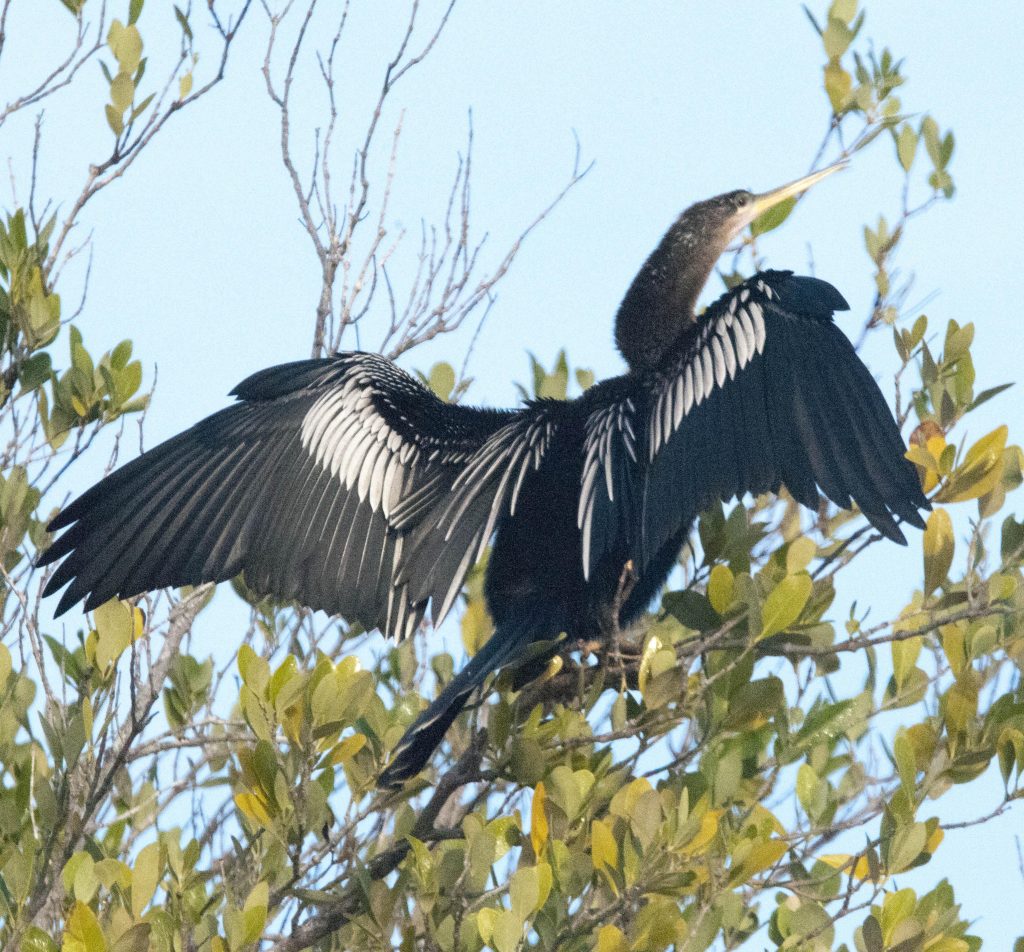
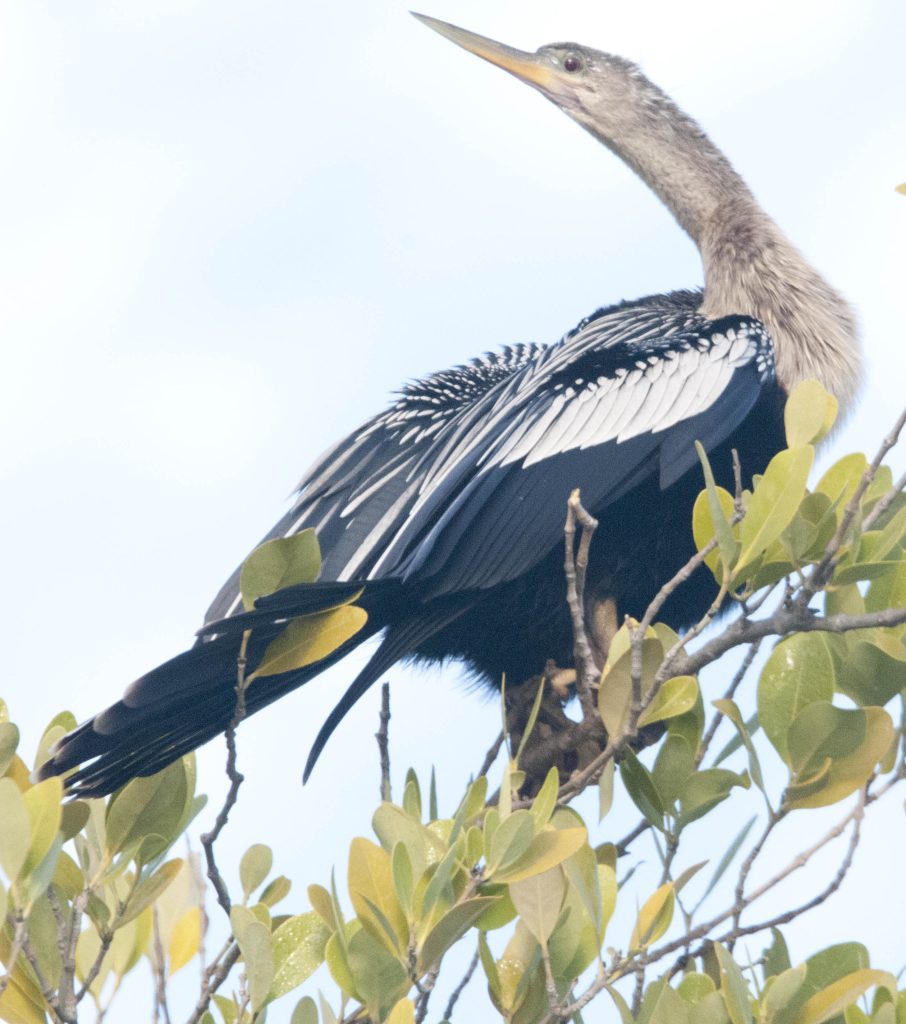
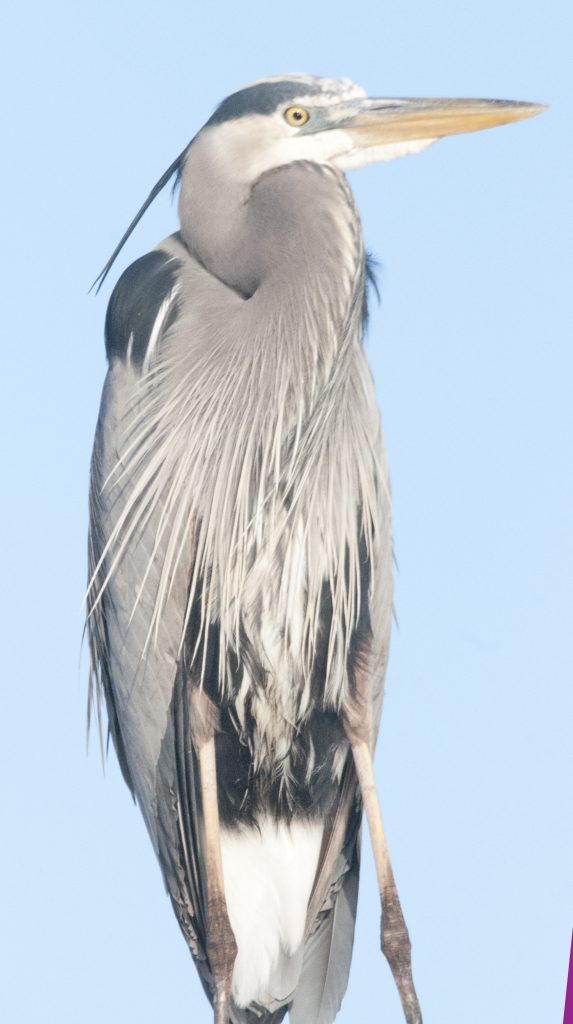
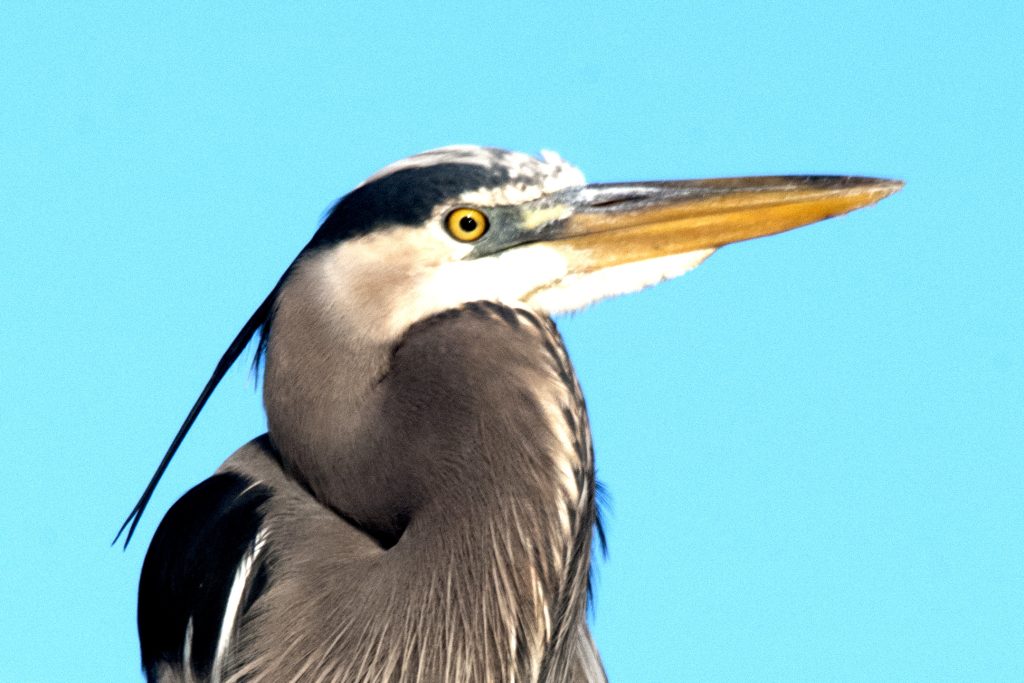
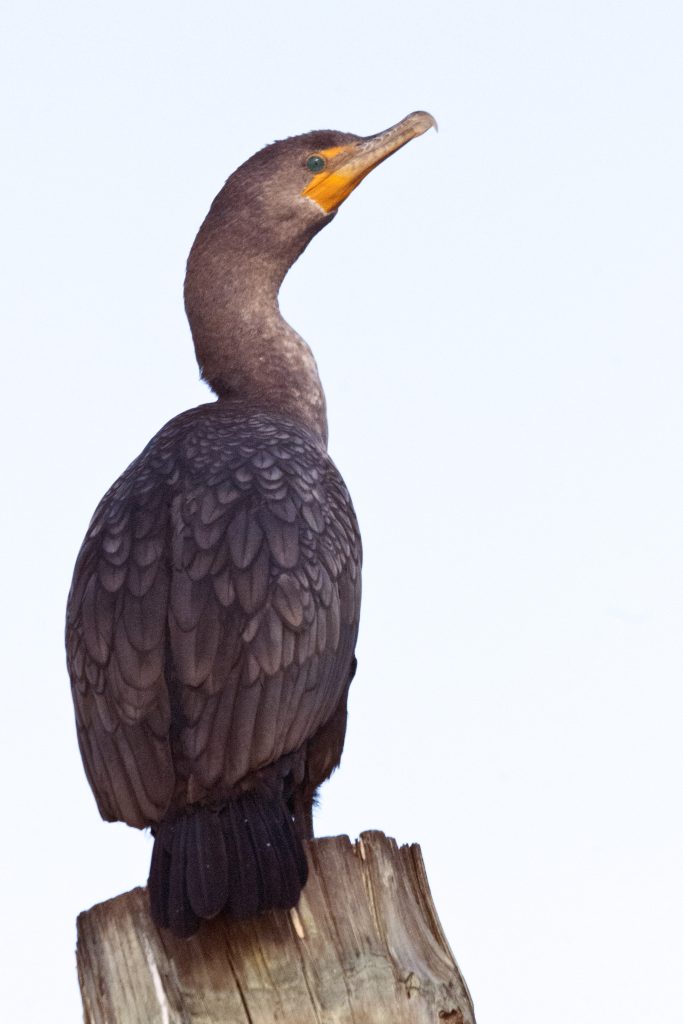

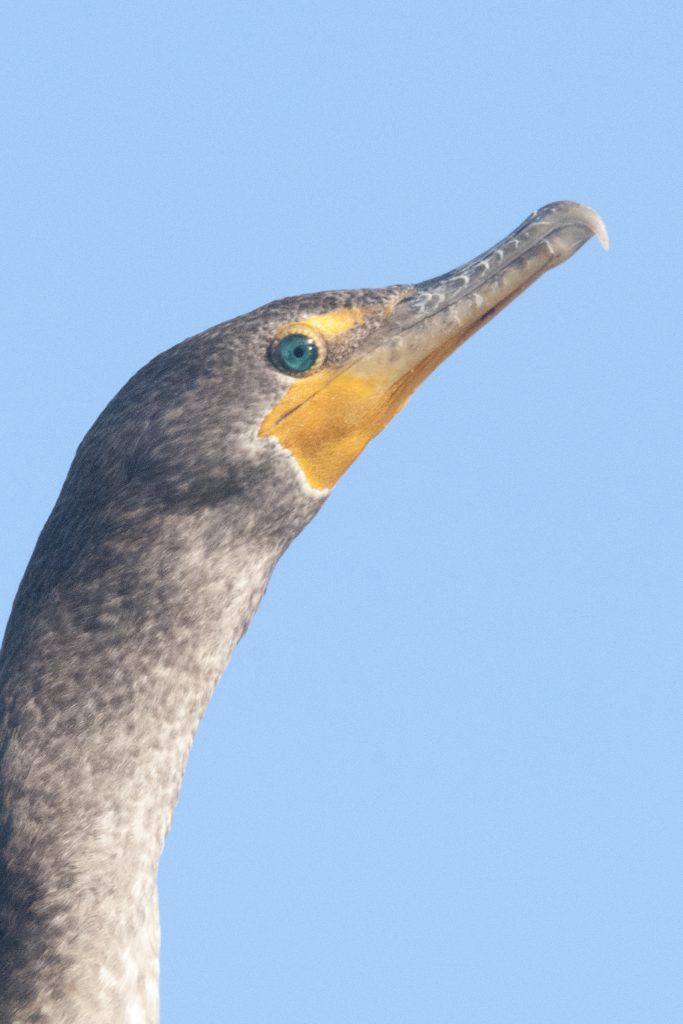

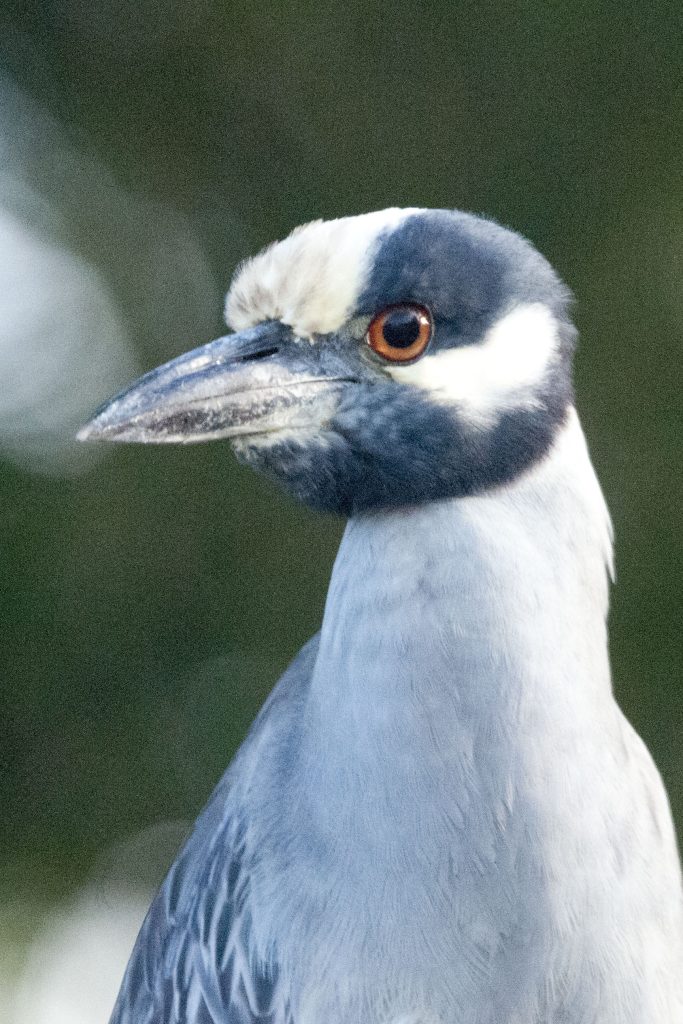


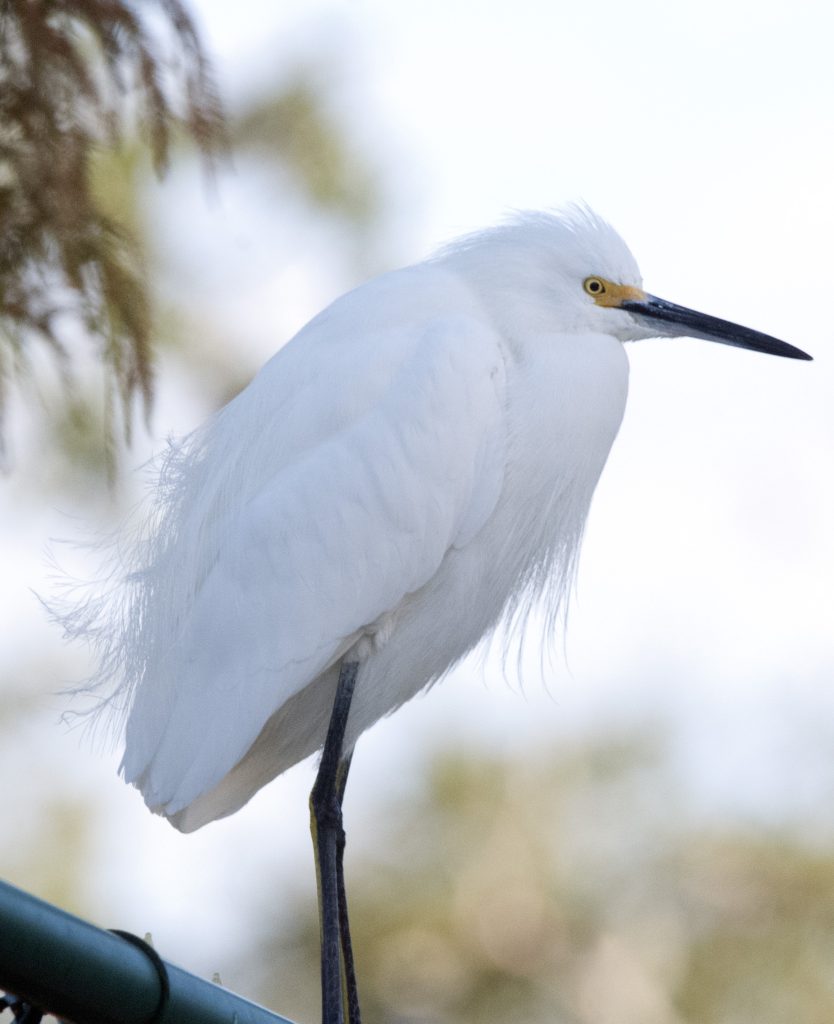
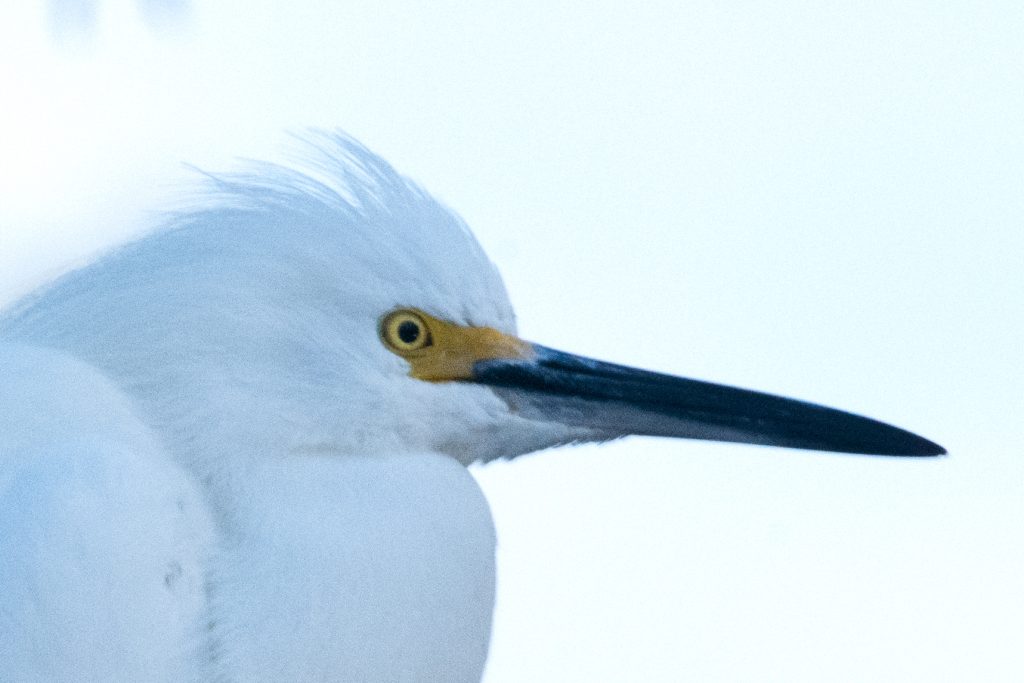
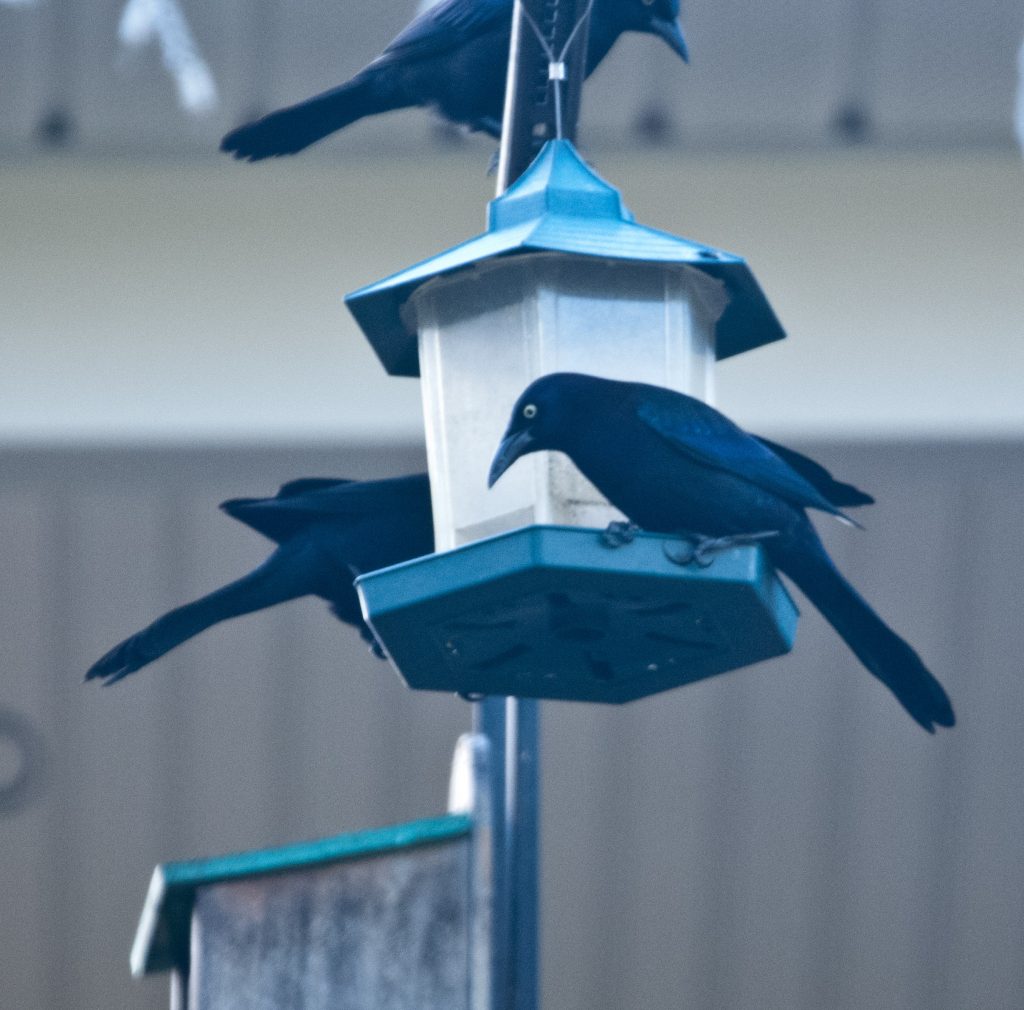
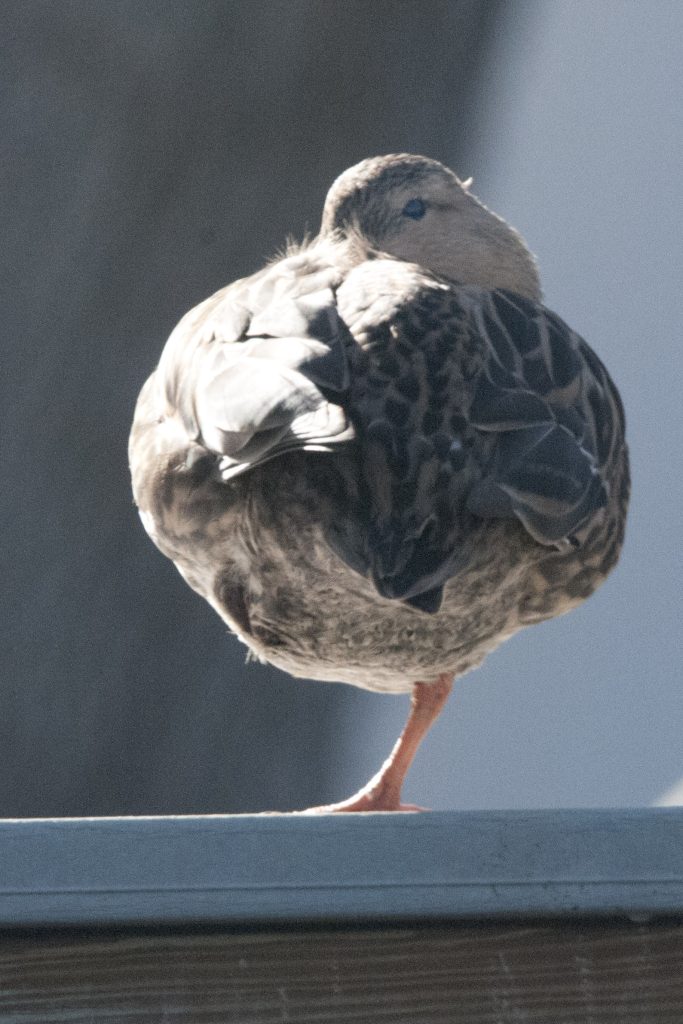

/
November 12, 2023

Scams are becoming more and more prevalent. They’re so common that experts have coined the term “scam economy.” Unfortunately, it’s easy to change a phone number, and scammers often do so to avoid getting caught. The good news is that scams operate in many known area codes, so you can avoid being the next victim simply by knowing the list of scammer phone numbers.
Wouldn’t it be great to have a list of scam phone numbers handy to avoid them altogether or at least have 1-888 scammer numbers be clear in their intention on the caller ID? Short of never answering the phone or putting yourself on every national “do not call” list, there are some red flags you can alert yourself to before accidentally giving out your Social Security number or being a victim of identity theft.
Here is a list of scammer phone numbers that are known by government agencies such as the Federal Trade Commission.
11 Common Scam Phone Numbers
- AT&T raffle winners: (904) 495-2559
- Bank account temporarily on hold scam: (858) 605-9622
- Card lock scam: (878) 877-1402
- Debit card frozen scam: (863) 532-7969
- Failed delivery attempt scam: (469) 709-7630
- Fake Publisher’s Clearing House win: (805) 637-7243
- Student loan forgiveness scam: (202) 221-7923
- Weight loss and delivery scam: (312) 339-1227
- Wells Fargo text message scam: (865) 630-4266
- Unpaid taxes scam: (347) 437-1689
- USPS scam: (301) 307-4601
More than 300 area codes exist in the United States alone which is a target-rich environment for phone scammers. The good news is that scam callers will often show up under common area codes for incoming calls. Here are 19 area codes you should never answer if you don’t know who’s on the other end.
19 Common Scam Area Codes
- 216: Cleveland, Ohio
- 218: Northern Minnesota
- 232: Sierra Leone
- 268: Antigua and Barbuda
- 284: British Virgin Islands
- 332: New York City
- 347: New York City
- 469: Dallas, Texas
- 473: Grenada, Carriacou and Petite Martinique
- 649: Turks and Caicos Islands
- 646: Manhattan
- 657: La Palma, California
- 664: Montserrat
- 712: Western Iowa
- 767: Commonwealth of Dominica
- 809: Dominican Republic
- 829: Dominican Republic
- 849: Dominican Republic
- 876: Jamaica
Scam phone numbers and area codes typically involve calls you receive from numbers you don’t recognize. Often there is no customer service you can contact or law enforcement you can involve for these calls obfuscated by distance or sheer volume. Changing a phone number is easy, so it’s challenging to catch every scam phone number out there.
However, if you get a call from a phone number or area code you don’t know, it’s likely best to avoid picking up the call and research the following before you call back:
Several different types of phone scams exist. Since there is no limit to a scam artist’s potential, recognizing signs of common scams will serve you well. Here are examples of three of the most common scams out there today and how to block these spam calls:
Scammers use one-ring scams to get you, the victim, to call back. The scammers use robo-dialers to call you and hang up after just one ring. When you call back to see who called, they might charge a connectivity fee and per-minute fees for what will appear on your bill as premium services.
In another variation of this scam, the con artists leave voice mails requesting that you call them urgently. They may say you have a sick relative or claim some other urgent matter. When you call back, the longer you stay on the phone, the more money they steal from you.
Traffic pumping is also known as access stimulation. It’s based on the way phone services work. When you make a long-distance call, your local carrier gives the call to a long-distance provider. That long-distance provider then covers the call most of the way before handing it off to another local provider. They pay an access fee to that provider for the ability to do so.
Local carriers with high access fee rates may make arrangements with other companies with high call volume operations in an attempt to benefit from increased access fee revenues. Although this doesn’t cost you anything personally, it increases the costs of phone services for all.
This scam starts with a text message or voicemail saying you need to take action to receive your package. When you call back or click the link in the text, you end up on a website feedback page that looks like Amazon or another familiar site. On this site, you’re told you have won a prize.
To claim the prize, you need to give your credit card information. However, there’s no prize, and Amazon, UPS and USPS aren’t part of the conversation. Instead, it’s just scammers looking for your credit card number.
There will likely always be scams and scam phone numbers out there. The good news is that you can decide not to be the next victim. To avoid being taken advantage of by a scammer, use the following strategies:
Here are the answers to some of the most common questions about scam phone numbers.
What is FEMA’s role in flooding?
John Herrick
They cause it? No 🙂
Over the years our country has existed there have been a lot of flooded homes. FEMA was created to identify those areas that are prone to flooding and charge people in those areas for flood insurance.
FEMA creates maps which identify areas areas which may flood during a flood that has a 1% chance of happening any given year (a 100 year flood).
FEMA creates the maps and distributes them to the municipalities. The municipalities are charged with implementing the recommendations. The City of Tarpon Springs at one time was not implementing the program and permitted people to build at lower elevations than was indicated on the maps. When FEMA found out, they cancelled the insurance policies of everyone in the City. All those who wanted (or were required by their lending company) had to purchase commercial insurance that was at times 5 times the cost. The City fired those responsible and reverted to following the guidelines.
FEMA requires that if a building (that was built low before FEMA existed) is damaged 50% or more they have to rebuild at the designated flood elevation. New Orleans created a web site that indicated for every house in New Orleans, the extent that buildings were damaged. Every one was designated 49%, allowing them to not have to build to a higher level. A gross mis-management of the FEMA program.
FEMA works under the authority of the Robert T. Stafford Disaster Relief and Emergency Assistance Act.
The Robert T. Stafford Disaster Relief and Emergency Assistance Act (the Stafford Act) authorizes the President to issue major disaster and emergency declarations, which in turn enable federal agencies to provide assistance to states overwhelmed by disasters.
Stafford Act assistance is provided through funds appropriated to the Disaster Relief Fund (DRF). Federal assistance supported by DRF money is used by states, localities, and certain non-profit organizations to provide mass care, restore damaged or destroyed facilities, clear debris, and aid individuals and families with uninsured needs, among other activities.
On April 1, 1979, President Jimmy Carter signed the executive order that created the Federal Emergency Management Agency (FEMA). For years when disasters hit people would apply to the Federal Government for help, and they would get it. In an area which flooded by a river for example, Sam would get flooded out. The Federal Government would send money, Sam would rebuild. Five years later Sam would get flooded out again. The Federal Government would send money, Sam would rebuild. Five years later Sam would get flooded out another time. The Federal Government would send money, Sam would rebuild.
Someone in Washington decided enough was enough. FEMA was directed to make up maps where flooding occurred and make up rules as to how people were to be allowed to rebuild. Sam would have to rebuild in such a manner that he would not have to come back every time it rained.
My coworkers at Camp Dresser and McKee (CDM, an engineering firm) in 1980 were making up such maps. I was the President of the Board of Adjustment and Appeal in Oldsmar, Florida. We received the maps and, as people realized the impact on their property, they would come to us and ask for relief. One case was a line on the map that indicated that the applicant’s house had to be raised 3 feet higher than his neighbor 12 feet away. We discussed it with CDM, and if appropriate, made adjustments.
FEMA did not administer the rules (such as houses had to meet the new elevations shown on the maps), the local cities did that. After a disaster, if structures had been damaged 50% or more, the new construction had to meet the flood elevations or the cheap insurance offered by the Feds would not be available. The FEMA flood insurance rates were less than half what commercial insurance rates were in most cases, and banks required flood insurance where the FEMA maps showed flooding was probable.
When I was City Engineer for Tarpon Springs, people would come in with building plans wanting to build 3 to 5 feet below the FEMA map elevations. I refused to sign off on those permits. The City Manager at the time and the Building Official were not as strict. Many homes were being built in violation of FEMA rules. A few years after I left the City, FEMA became aware of the violations and dropped all of Tarpon Springs from the program. Ouch. The City made a lot of changes and were able to get back into the program.
On came Hurricane Katrina. Katrina exceeded the impact any flood map anticipated. CDM had modeled the impact of a storm of an intensity that would have had a 1% chance of happening any given year (known as a 100 year storm). Katrina far exceeded that. Homes that were below the FEMA map elevations as well as many houses at or above the elevations were destroyed. FEMA came along and created “Advisory” maps soon after Katrina, these showing a much higher elevation structures were to be built at.
On one of my forays in the New Orleans area after Katrina, I ran across Mrs. Gold. When I met her, Mrs. Gold was in her night dress holding a small tray of store bought cookies. She was a grandmotherly looking lady about 85 years old and was talking to a group of college age students from Norway outside of her home. “I have cookies for you.” she said. It turned out that Mrs. Gold had come back to her house shortly after the water receded from her neighborhood – people were allowed to return to their homes in stages. Not that any of them were expected to stay!
Many of the refugees were staying in hotels: 600,000 REFUGEES LIVING IN HOTELS: Spending $11 million a day, the reliance on hotels has been necessary because FEMA “has had problems installing mobile homes and travel trailers for evacuees.” [New York Times, 10/13/05] …that was not for Mrs. Gold.
NEW ORLEANS STILL NOT SAFE FOR DISPLACED: “The bottom line: it continues to be a very risky decision for many of the displaced households to return to the area, since all of the key necessities are in scarce supply, and it is not at all clear when or if they will be brought back online.” [Brookings, 01/04/06]
….but Mrs. Gold came back to her home. The home was, like any home that has had 6 feet of saltwater in it, a mess. It stunk. Driving down any street with your windows open you could tell which houses had been cleaned out and which had not, by the smell. It was not any place a normal human would ever decide to live in. All of the furniture was stinking and rotting away. The moldy carpet smelled awful. The refrigerator stunk to high heavens. With no electricity it was hot, humid and terrible. Mold all over the place. Black mold in the kitchen around the stove, gray mold in every other room. But she refused to leave. The college age students did not speak English. They had gloves and some had on masks. I do not know how they managed with such awful smells. The bus driver told me that they had come from Norway. They paid their own way to come to a stinking cesspool and provide needed help. They lived in tents in what we called the “tent city” in one of the parks. They came in two buses to the homes on a list. Each community had a list that you could put your name on for help wanted. Another list for FEMA trailers, etc.
“I only could move a small amount every day” Mrs. Gold said, “It is so wonderful that you came to help!” Except none of the students could understand English. In two days, the students cleaned out the home and placed a pile 50 feet long, 6 feet high and 15 feet wide out where the sidewalk was. FEMA contractors then removed the pile. Later on, when the volunteers no longer came, the Mexicans came to help. At first they only asked for food and $50 a day. Later, as more people came back, it was $200 per day and you had to pay for their cousins as well.
FEMA had leased tracts of land where ever they could find land for the debris. Several large tracts (100 acres or so) were for wood (trees, smashed houses, etc. to be ground into mulch), smaller tracts were reserved for all refrigerators (300,000 refrigerators are a LOT of refrigerators) so that they could remove the freon in them, and other tracts were for other metal home furnishings such as washers, dryers, stoves and TV’s. All of the automobiles were placed under the elevated expressways.
There was nothing left of Mrs. Gold’s memories. Everything was steeped in salt water. Even the DVD’s her granddaughter had made for her were useless after the soaking. Photo albums had all the photos stuck together. Records were warped, there was so little to recover it was sad. Stuff stored in plastic bins (to keep them safe) were the worst, water had entered and did not leave. Soaking in salt water is not kind to keepsakes. I did not ask her where she was intending to be sleeping, there was no furniture (as bad as it was, she must have been sleeping on the soaked moldy furniture) to sleep on after the kids got through. But she was HOME. No car, no electricity, no banks open (it took years to break into the safes at all of the banks), and only one convenience store 5 miles away. I only hope that somebody convinced her to leave.
The first to arrive after the storm was the convenience stores: gas stations and food. What a wonder of wonders to see one open up. No longer did you have to rely on your lunch bucket – you could find a store 20 miles away rather than hundreds of miles! Cold drinks, gas, what more could you want! There were no doctors, no dentists, no hospitals, no police, no fire stations, but heck, people began to come back. One hospital I went to had not been damaged by the storm. It had its generators running the air conditioners. I talked to the guard in the lobby. He was the only one around. He said that the company that owned the hospital also owned three other hospitals, and that they were not going to open the doors until the City ponied up $100 million, and the State paid them $200 million. Then they would consider opening. Nice of them. One dentist opened his office for 4 hours on Friday afternoons. I traveled around too much to find him in, but I give him credit! Mrs. Gold would have had a tough time finding help if she needed it. No clinics, no health facilities of any kind.
The FEMA trailers were a godsend for many. They were new, clean, air conditioned and a safe place to sleep at night. FEMA would only provide a requested trailer if there was water, electricity, and sanitary sewer. Mrs. Gold really needed one. FEMA had contractors bringing in the trailers left and right, they connected the water and sewer, the electricity was run but no meter was installed, that was the homeowner’s responsibility. There were neighborhoods that refused to allow FEMA trailers however. The upper class neighborhoods said, fix you home, then move back, we do not want those eyesores!
According to FEMA, the response to Katrina and Rita was the “largest housing operation in the history of the country, providing THUs (travel trailers, mobile homes and park models) to approximately 92,000 families throughout Louisiana. The last one to leave New Orleans was in 2012, they were only supposed to keep them for 18 months and give them back. FEMA did give many away though, they were so beat up it was better to get new ones built. I hope Mrs. Gold got one soon!
As stated above, FEMA works under the authority of the Robert T. Stafford Disaster Relief and Emergency Assistance Act.
The Robert T. Stafford Disaster Relief and Emergency Assistance Act (the Stafford Act) authorizes the President to issue major disaster and emergency declarations, which in turn enable federal agencies to provide assistance to states overwhelmed by disasters.
Stafford Act assistance is provided through funds appropriated to the Disaster Relief Fund (DRF). Federal assistance supported by DRF money is used by states, localities, and certain non-profit organizations to provide mass care, restore damaged or destroyed facilities, clear debris, and aid individuals and families with uninsured needs, among other activities.
Prior to a Disaster.
Three types of declarations (or commitments) may be made under Stafford Act authority before a catastrophe occurs.
First, at the request of a governor, the President may direct the Department of Defense (DOD) to commit resources for emergency work essential to preserve life and property in “the immediate aftermath of an incident” that may result in the declaration of a major disaster or emergency (discussed below).7 The statute does not define the term “incident.” According to regulations, upon receiving a gubernatorial request for such assistance, the FEMA Associate Director may determine that DOD aid is necessary to save lives and protect property and may authorize such assistance.
Second, the Stafford Act authorizes the President to provide fire management assistance in the form of grants, equipment, personnel, and supplies to supplement the resources of communities when fires on public property or on private forests or grasslands threaten destruction that might warrant a major disaster declaration. Implementation of this authority, which has been delegated to FEMA officials, requires that a gubernatorial request be submitted while an uncontrolled fire is burning. To be approved, state applications must demonstrate that either of the two cost thresholds established by FEMA through regulations has been reached. The thresholds involve calculations of the cost of an individual fire or those associated with all of the fires (declared and non-declared) in a state each calendar year. FEMA officials determine whether a fire management assistance declaration will be issued.
Third, when a situation threatens human health and safety, and a disaster is imminent but not yet declared, the Secretary of DHS may pre-position employees and supplies. DHS monitors the status of the situation, communicates with state emergency officials on potential assistance requirements, deploys teams and resources to maximize the speed and effectiveness of the anticipated federal response and, when necessary, performs preparedness and preliminary damage assessment activities.
But, in the 2004 National Response Plan it is suggested that federal responders will aggressively pursue a “push” approach for incidents of national significance. This seemed to set the stage for rapid response to Katrina, where the federal government had adequate warning and could predict that state and local responders would be overwhelmed. This was not the case, however. Individuals frame current problems by events from the past, limiting their ability to make sense of new events until it is too late. The terrorist attack of 9/11 was clearly central to the thinking of DHS leadership, and framed their view of Katrina. As a natural disaster, Katrina did not match their image of an incident of national significance. DHS leaders had designed post-9/11 crisis response policies, and expected that their full activation would be reserved for another terrorist attack. This mindset limited their ability to recognize the seriousness of Katrina, and led to a sluggish federal response.
The Federal Emergency Management Agency (FEMA) had been weakened during the Bush administration. The DHS was also an untested organization, unsure of how to deploy its authority and resources. A key failing of DHS leadership was an inability to understand Katrina as an incident of national significance on par with 9/11. Instead, they responded as if it was a routine natural disaster until it was too late.
It is clear the federal government in general and the Department of Homeland Security (DHS) in particular were not prepared to respond to the catastrophic effects of Hurricane Katrina. There is also evidence, however, that in some respects, FEMA’s response was greater than it has ever been, suggesting the truly catastrophic nature of Hurricane Katrina overwhelmed a federal response capability that under less catastrophic circumstances would have succeeded.
When Colonel Terry Ebbert, the Director of Homeland Security & Public Safety for the City of New Orleans, DHS, submitted a request to purchase a number of inexpensive, flat-bottomed, aluminum boats to equip his fire and police departments, with the intent of having them available to rescue people trapped by flooding, the request was denied. It did not fit the requirement that it would be used to counter terrorism. The FEMA of old had been turned into a terrorism force, not a disaster force.
Former Office of Domestic Preparedness (ODP) Director Suzanne Mencer stressed the dual use capability of many grants: “The grants don’t prohibit a city from buying equipment for use in a natural disaster if it can also be used in a terrorist attack.”
Given FEMA’s response mission, the Homeland Security Act of 2002 specifically assigned FEMA responsibility for “consolidating existing Federal Government emergency response plans into a single, coordinated national response plan.” However, instead of assigning this function to the organization responsible for executing the plan during a disaster (i.e. FEMA), the department initially assigned it to the Transportation Security Administration, which then relied on an outside contractor. The resulting plan made a number of departures from the existing Federal Response Plan, including the introduction of the:
The tremendous damage and scale of Hurricane Katrina placed extraordinary demands on the federal response system and exceeded the capabilities and readiness of DHS and FEMA in a number of important areas, including staffing. Hurricane Katrina consisted of three separate major disaster declarations, three separate statewide field operations, two directly-affected FEMA regional operations, and the full activation of national level resources such as the National Response Coordination Center (NRCC), the HSOC, and the IIMG. In addition, most FEMA regional offices were actively supporting Katrina operations or assisting their regions receive Gulf Coast evacuees. These operations required large numbers of qualified personnel from what had become a relatively small agency of approximately 2,500 positions.
FEMA response officials in both Mississippi and Louisiana testified that the department’s inability to field sufficient numbers of qualified personnel had a major impact on federal response operations. The Federal Coordinating Officer (FCO) in Mississippi, Bill Carwile, described how managing the personnel shortfall was perhaps his most difficult challenge. While he was able to deploy division supervisors to the coastal counties, he needed similar qualified employees for the devastated cities of Gulfport, Biloxi, and Pascagoula. Ultimately, FEMA officials turned to federal agencies like the U.S. Forest Service and city firefighters from across the country to staff FEMA positions in the state. Once they got going, FEMA provided about 150,000 travel trailers and mobile homes for victims of Hurricane Katrina. I spent a month going over all of the devastated area counting the FEMA trailers. I also checked to see if the owners had hooked up the electricity. Many seemed to have applied for the trailers, but did not move into them as evidenced by the lack of electrical meter. FEMA would only approve an application for a trailer if water, sewer and electricity were available. FEMA was forbidden in many subdivisions to bring in the trailers, the residents were supposed to fix the homes and return, they did not want the stigma of trailers in their neighborhoods.
In addition to having an inadequate number of qualified personnel, FEMA had lost a number of its top disaster specialists, senior leaders, and most experienced personnel. Both critics and supporters of FEMA’s merger with DHS have acknowledged “FEMA brain drain” in recent years and its negative impact on the federal government’s ability to manage disasters of all types. Since 2003, for example, the three directors of FEMA’s preparedness, response, and recovery divisions had left the agency, and departures and retirements thinned FEMA’s ranks of experienced professionals. At the time Hurricane Katrina struck, FEMA had about 500 vacancies and eight out of its ten regional directors were working in an acting capacity.
The critical period of response lasted just over a week, from the point where it became clear that Katrina might not be just another hurricane, to the point where almost all the evacuees were accounted for. Given limited time, poor decisions and an inability to coordinate the network of responders had dramatic consequences. In one case, FEMA had contracted with a bus company to send in busses to pick up the SuperDome evacuees. The bus company sent down a number of busses. The drivers heard about the flooding and the lawlessness in New Orleans. They decided it was not worth their lives, so they got to within about 50 miles, pulled over and parked. If someone had thought ahead and sent in some military to escort them, the evacuees would have been much less inconvenienced.
As a crisis takes on a larger scale, more responders will be needed, and as the crisis creates more tasks, a greater variety of capacities will be required. The Katrina network was so large that there was a failure to fully comprehend all of the actors actually involved (partly because of a large voluntary component), the skills they offered, and how to use these capacities. One study counted over 500 different organizations involved in the weeks after landfall.
These organizations responded to a central goal: reducing the suffering and loss of life that resulted from the hurricane. Consistent with this overarching goal, there were many more specific goals during the response phase: e.g.,
While many of these task-specific networks provided an unprecedented response, there were basic problems in coordination both within and across these networks, and disagreements between actors about what to do and who was to do it. One such example is the responsibility to collect dead bodies. FEMA pushed for the state government to take charge, but state and local officials were overwhelmed, and Louisiana Governor Blanco blamed FEMA for the delays in body recovery. The state would eventually sign a contract with a private organization. The federal Department of Health of Human Services is supposed to take the lead in victim identification and provide mortuary services, in coordination with the Department of Defense, but was slow in doing so. Eventually, Defense took the lead. The lack of coordination further delayed body recovery.
The failure to respond to early warnings also characterized the federal response. Federal responders lacked urgency, treating Katrina as if it was a normal storm. Senior White House staff had not reconvened in Washington when the disaster appeared imminent, and seemed out of touch with what was happening. Even after landfall, the response was marked by inertia. Levee breaches were reported the day of landfall, but officials at the DHS initially treated such reports skeptically, and did not utilize Coast Guard resources in New Orleans to verify the extent of the flooding. It was not until the day after landfall that DHS and White House officials, along with the rest of the world, would learn the extent of the damage. The knowledge and response of federal officials seemed to lag behind the media reports of the disaster. For example, neither the FEMA Administrator Michael Brown nor DHS Secretary Michael Chertoff were aware that a convention center was sheltering thousands of victims until informed of the fact by reporters.
FEMA undertook a logistics response that moved 11,000 trucks of water, ice and meals into the region after Katrina, more than three times as many truckloads as were used during all of the hurricanes that occurred in 2004. The Department of Defense produced the largest domestic military deployment since the civil war, and the National Guard deployment of 50,000 troops was the largest in US history. The Red Cross led a $2 billion 220,000 person operation, 20 times larger than any previous mission, providing services to 3.7 million survivors. But these efforts fell short of needs, often dramatically.
The size and scope of the disaster converted many local responders to victims. The size of the disaster also eliminated much of the communications systems, limiting the ability of responders to gain situational awareness, or to communicate operational plans. Over three million telephone land-lines were lost in the affected states, including many 911 call centers. Wireless phones were also affected, with approximately 2,000 cell sites out of service, and few places to charge the phones because of widespread power loss. I saw temporary cell tower trailers set up in the middle of streets to try to help. The physical locations of Emergency Operation Centers were rendered unusable due to flooding or other damage, eliminating a base for command operations and resulting in poor coordination and wasted time as responders looked for new locations. What operational sites that remained were insufficient. The Louisiana Emergency Operation Center was vastly overcrowded, with hundreds of people trying to cram into a meeting room with an official capacity of 50.
The intergovernmental nature of crisis response in the US assumes a gradual expansion of government involvement as local and then state responders need help. But this “pull” approach struggles when state and local capacity is seriously damaged and immediately overwhelmed. In Katrina, federal responders waited too long for specific requests for aid from state and local authorities rather than taking a more aggressive “push” approach. The dispersed responsibility also complicated efforts to foster a central command. Confusion about responsibilities was increased by the existence of three major federal operational commands in the field during Katrina: the Joint Field Office and Federal Coordinating Officer; the Principal Federal Official; and Joint Task Force Katrina.
The Red Cross, worked closely with FEMA, but still had difficulties in coordination. The Red Cross communicated logistic needs to FEMA, but found that FEMA often failed to deliver promised supplies, or delivered inadequate amounts too slowly. For example, the Red Cross requested 300,000 meals-ready-to-eat for Louisiana on September 1. The order was cancelled by FEMA, then reordered, and finally delivered – on October 8. The Red Cross was tasked with housing and shelter and depended on FEMA for information on the number and timing of evacuees. But FEMA did not supply reliable information. Scheduled arrivals were cancelled at the last minute, negating the preparations that took place, while in other instances large numbers of evacuees would arrive without advance notice to locations where no preparation had occurred. The problems between the Red Cross and FEMA are indicative of more serious challenge in incorporating non-governmental organizations into the response network. The Red Cross enjoys a relatively privileged position, with official responsibilities identified by the National Response Plan. Even so, it struggled to coordinate with FEMA.
I received a packet supplied by the Red Cross to the victims. It contains a note saying that items in this Personal Care Kit have been provided by the manufacturers and the Red Cross. The Red Cross paid for the assembly and distribution:
All in all a welcome sight to those who escaped with nothing. This kit and some warm fresh water and you could start to feel human again.
Reduced resources also directly impacted FEMA’s planning efforts. FEMA sought $100 million for catastrophic planning in FY04, and asked for $20 million for a catastrophic housing plan in 2005. Both requests were denied by the DHS.
The DHS did not pursue a “push” approach until Tuesday evening, when Secretary Chertoff formally declared an incident of national significance. Given the early warnings, the DHS could reasonably been expected to have moved into “push” mode three days earlier [House Report 2006]. Chertoff also never utilized the Catastrophic Incident Annex of the National Response Plan. DHS officials would explain that this was because the Annex was relevant only for “no-notice events” (i.e., terrorist attacks). However, the Catastrophic Incident Supplement says that the Annex is also for “short notice” events, and explicitly identifies hurricanes. This inertia delayed the application of the full force of federal government capacities until after New Orleans was submerged by water.
A month after Katrina there was still a lot to be desired for the folks like Sam and his family living in tents (Chapter 1 Page 5), Pete (Chapter 2 Page 1) also living in a tent, Fred (Chapter 2 page 2) living basically outdoors with a roof to keep out the rain, and Mrs. Gold living in filth. These are only a few of the thousands of people left impoverished after the storm, people FEMA, the Red Cross, and others had yet to get to. One description of a loss: Every building on site was flooded with ten to fourteen feet of water and nothing was left undamaged. To add to the misery of the devastation, a forty foot refrigerated van was dumped onto the front gate by the floods. Filled with four week old rotting meat, the area became a haven for flies. Polluted water, mold, rust and mildew were rampant throughout the buildings, and with no electricity or running water, recovery would be an incredible challenge.
The task to clean up was immense.
To answer the question, FEMA has a LOT of responsibilities!


